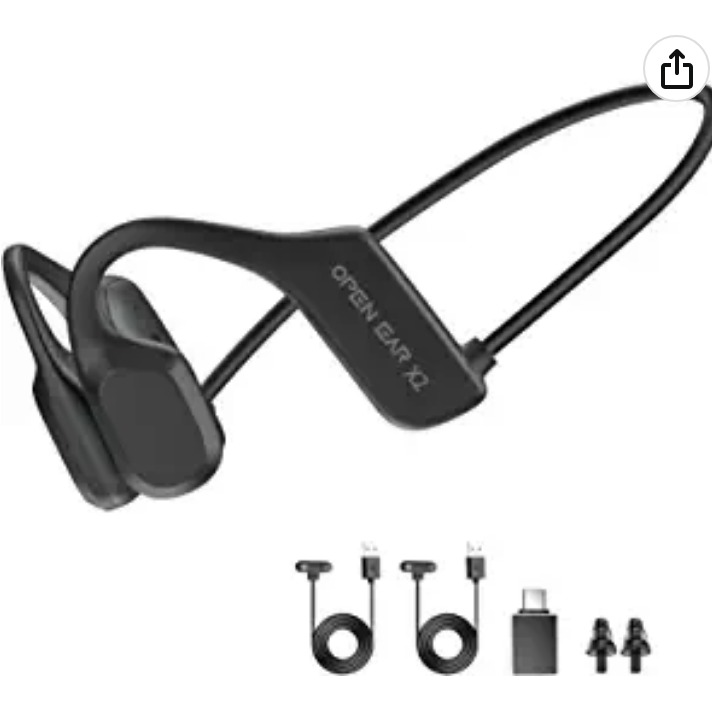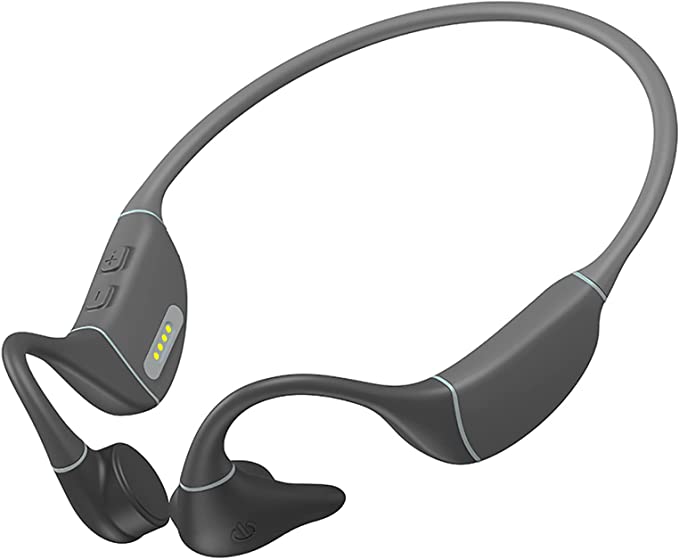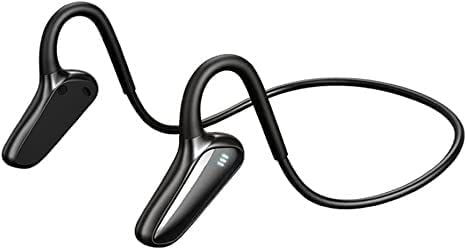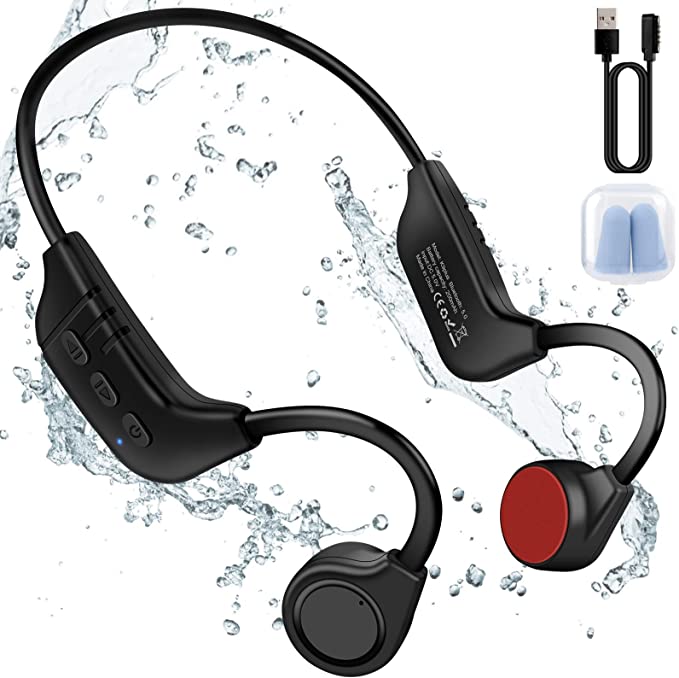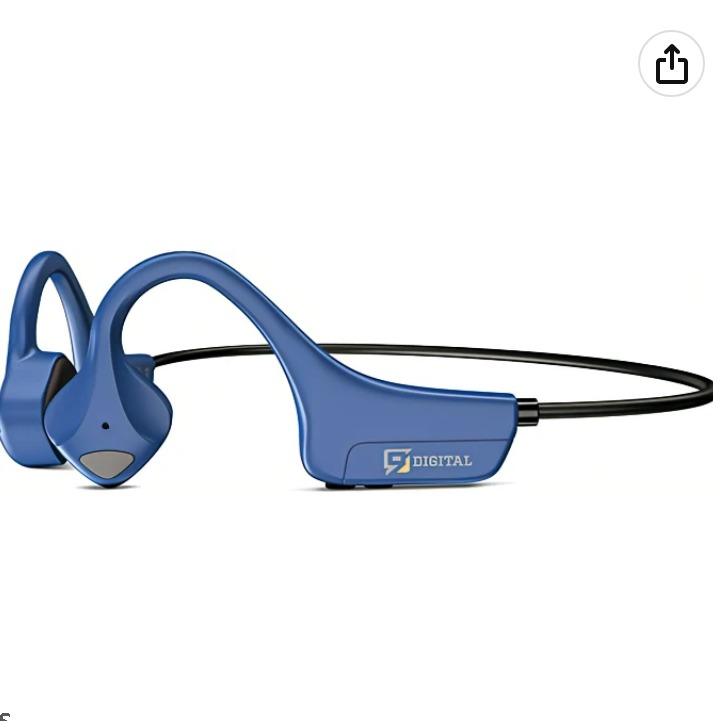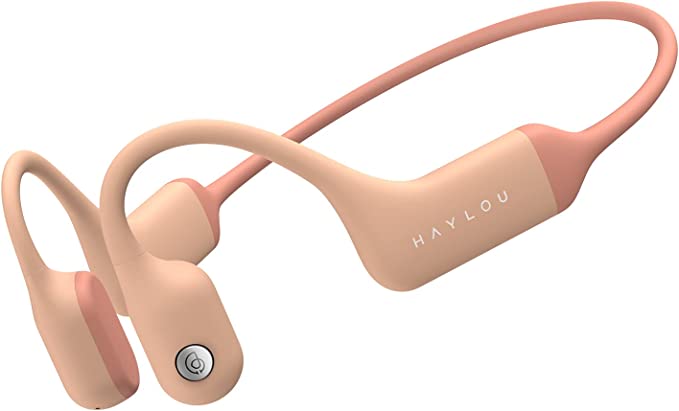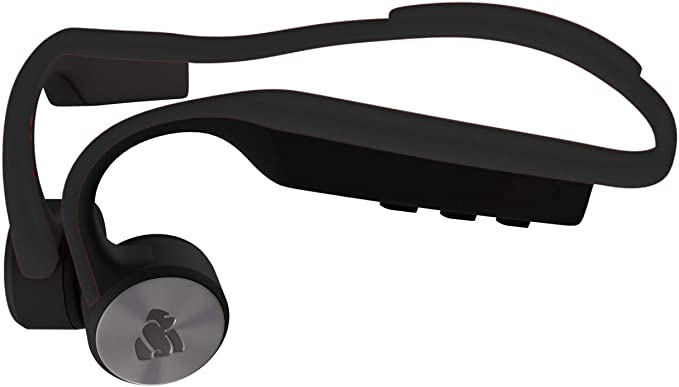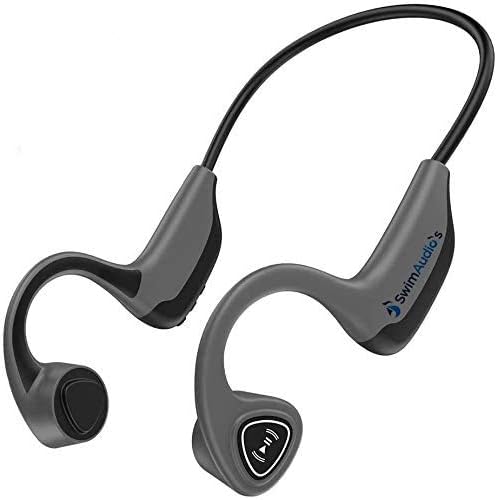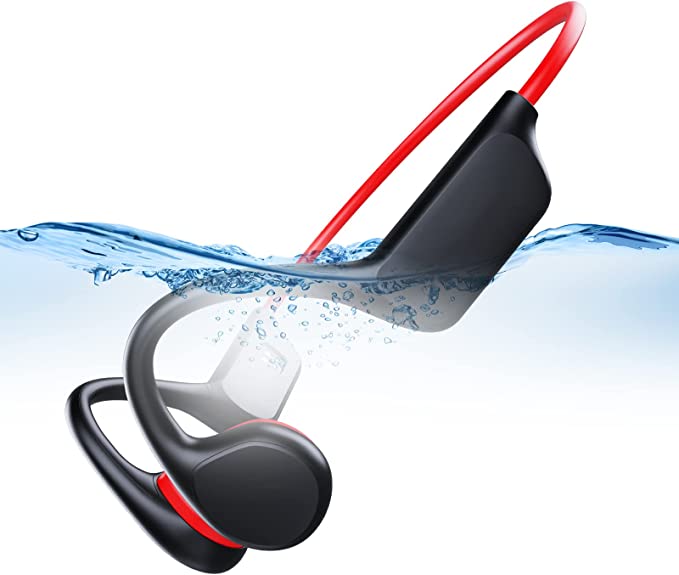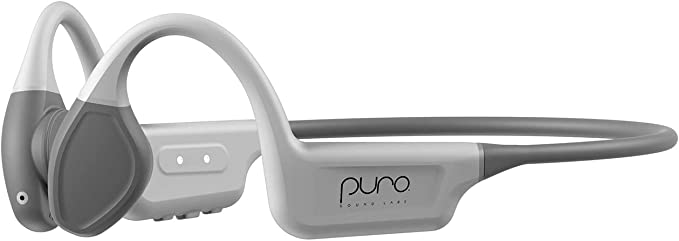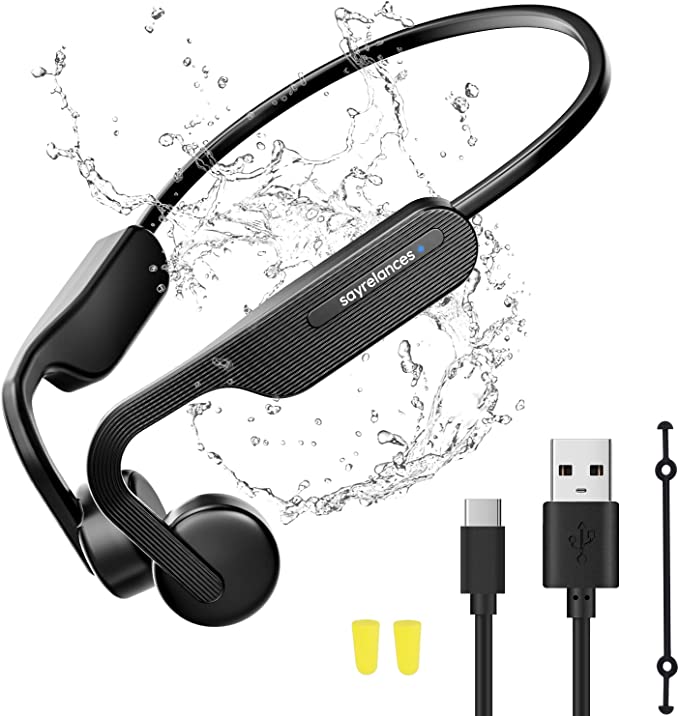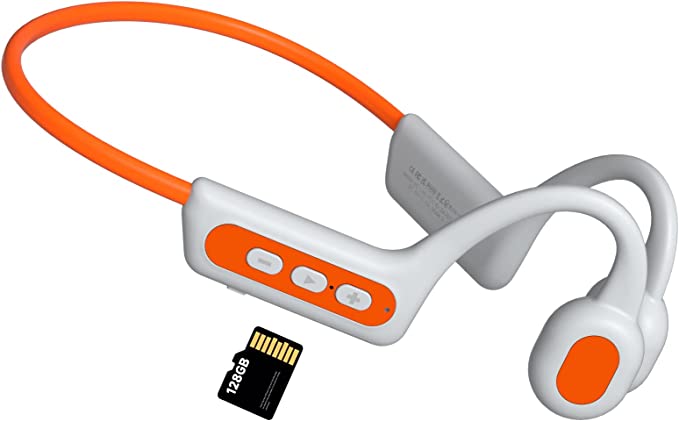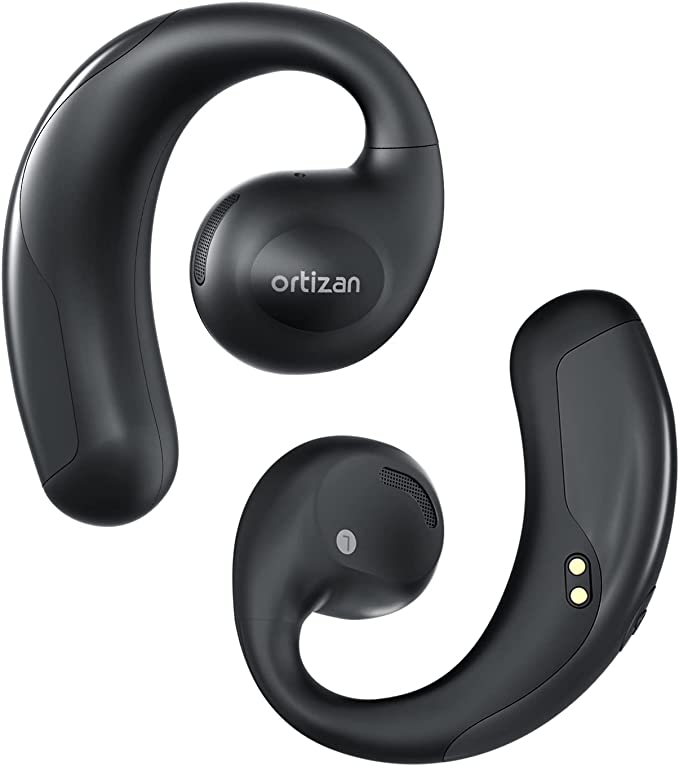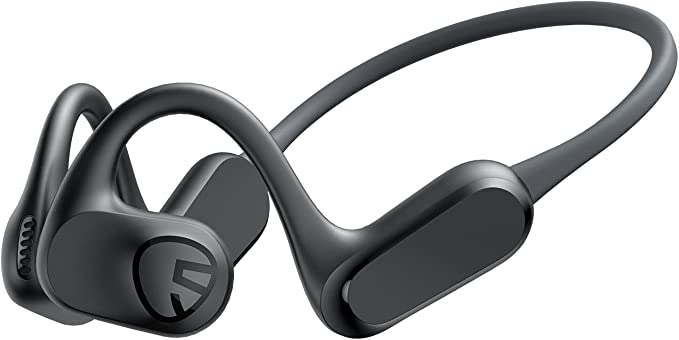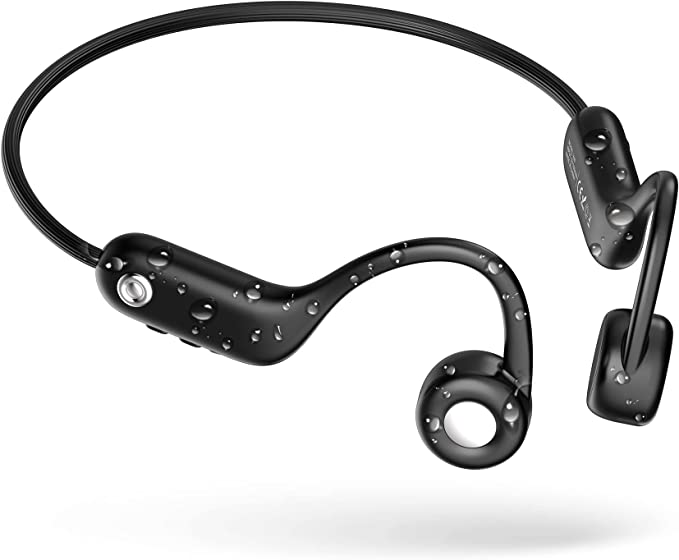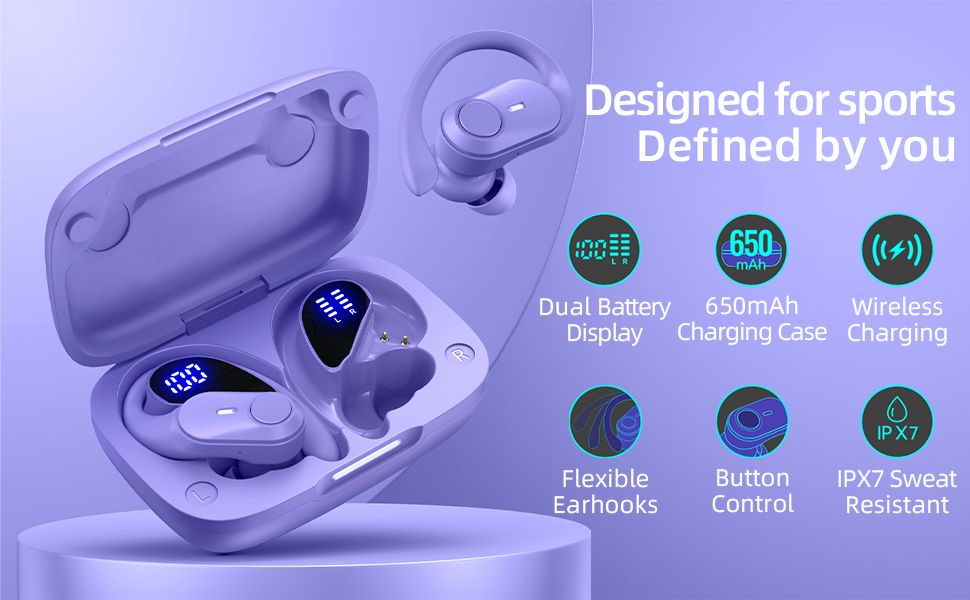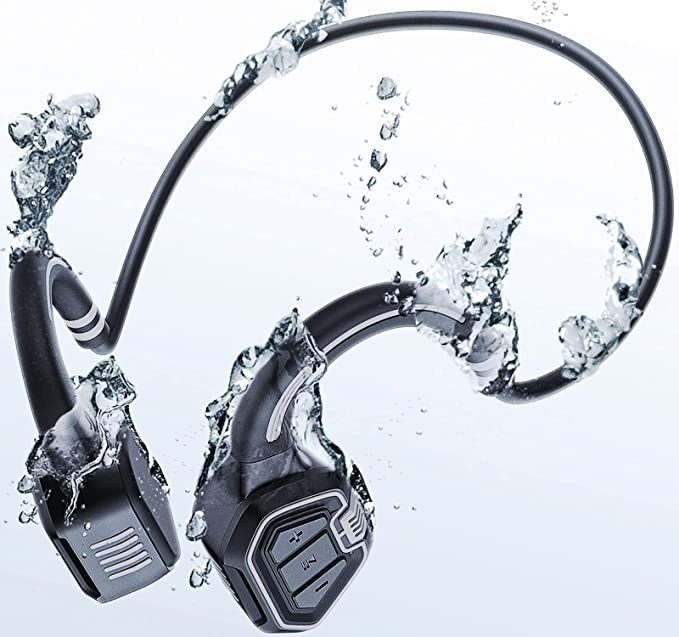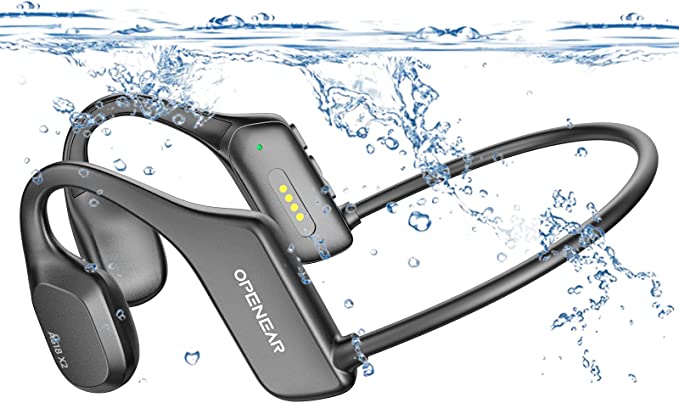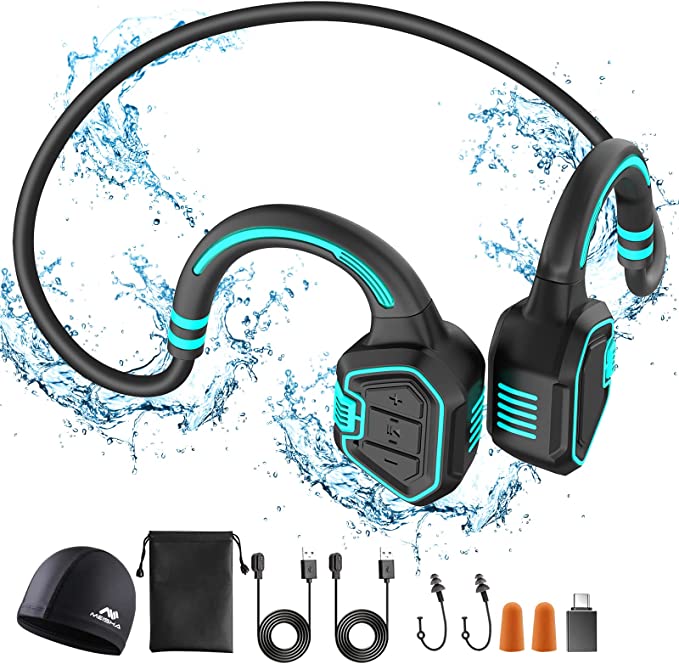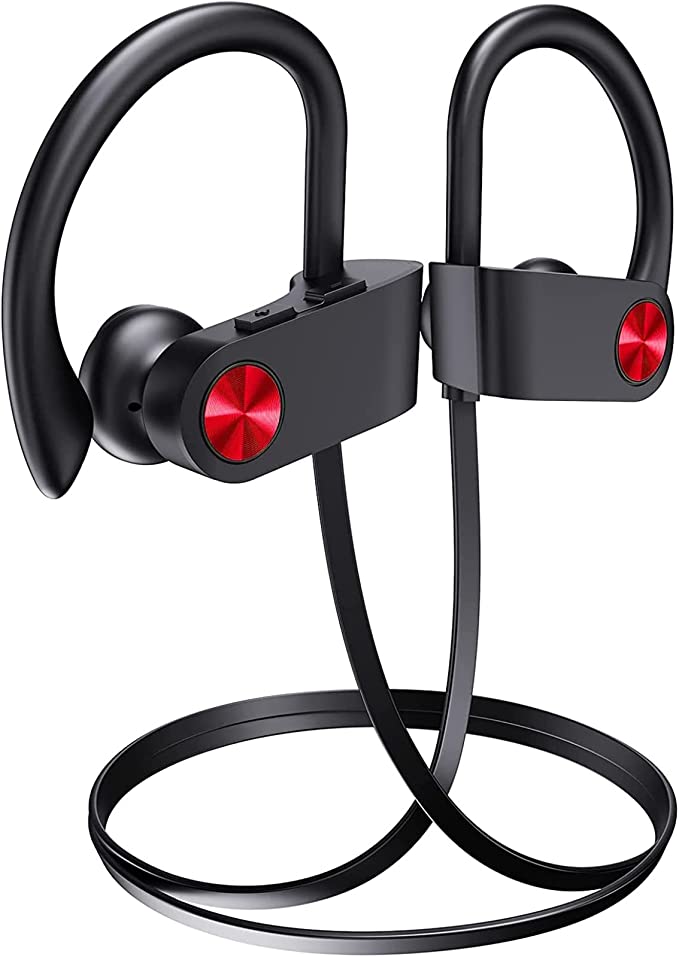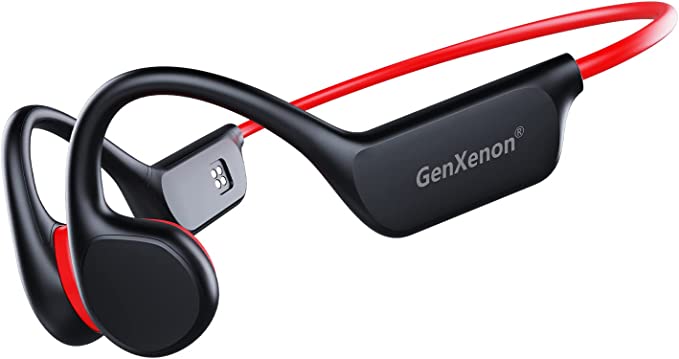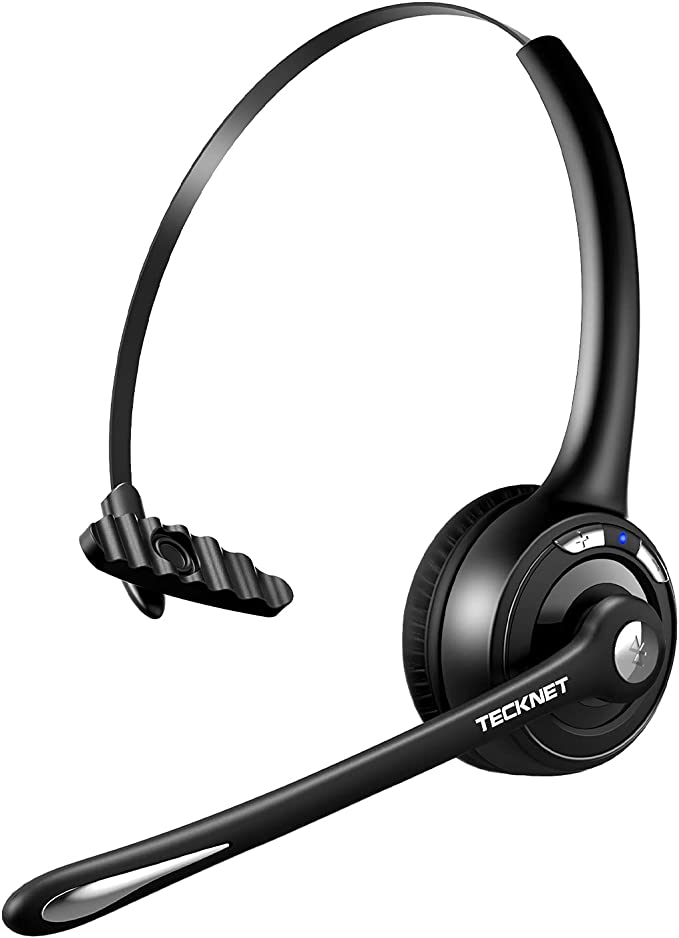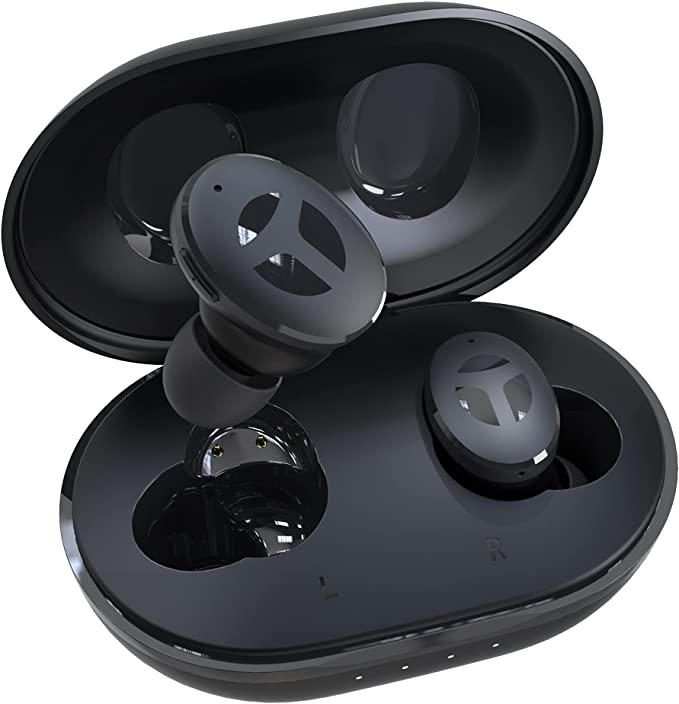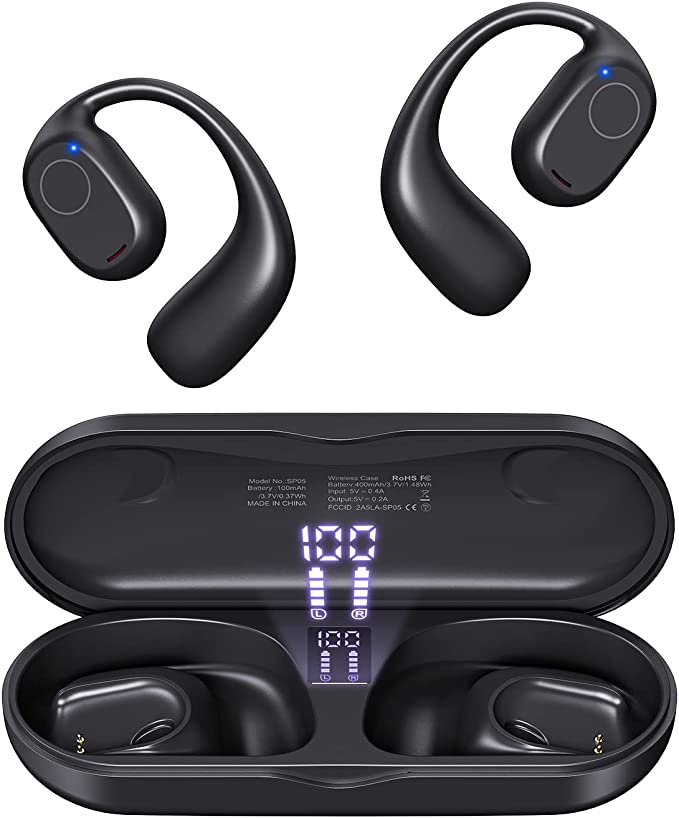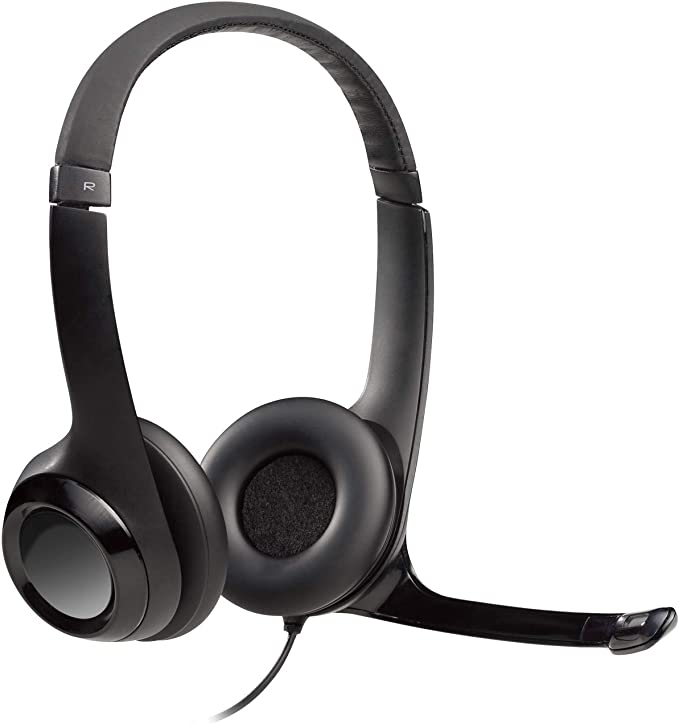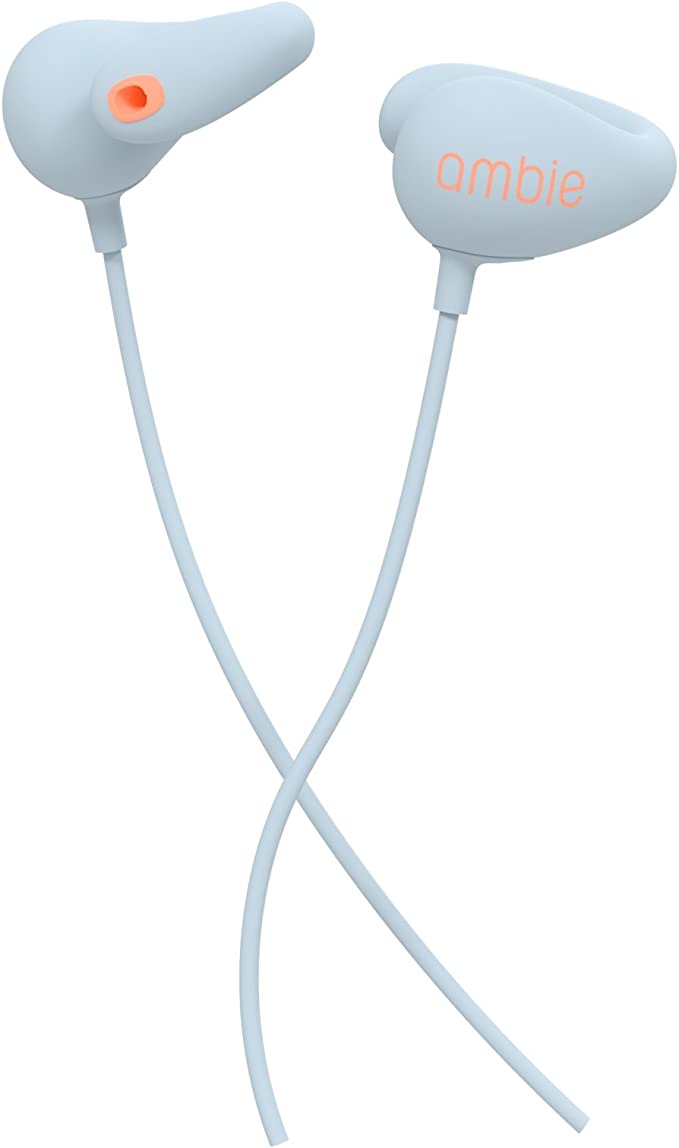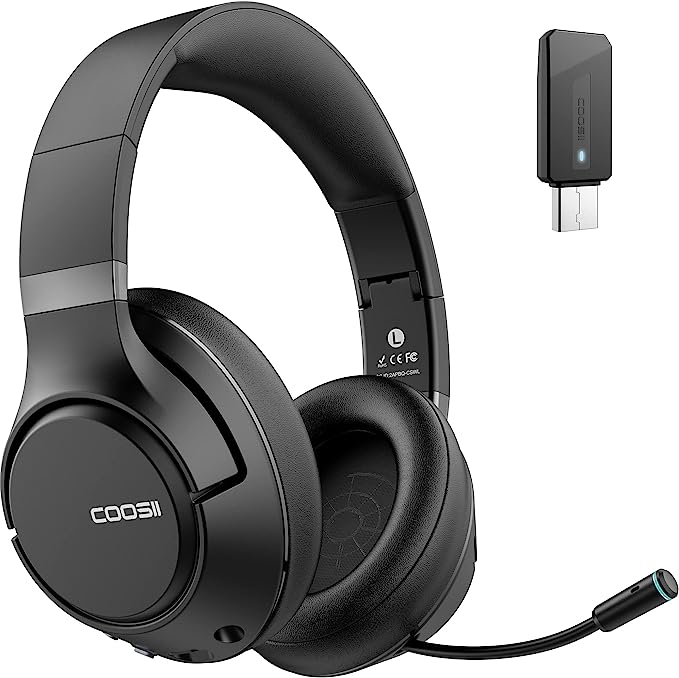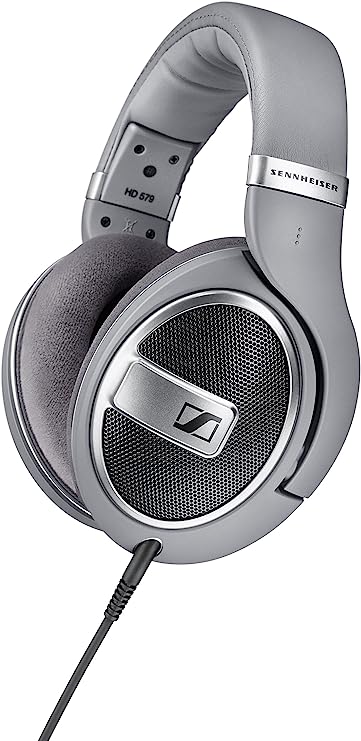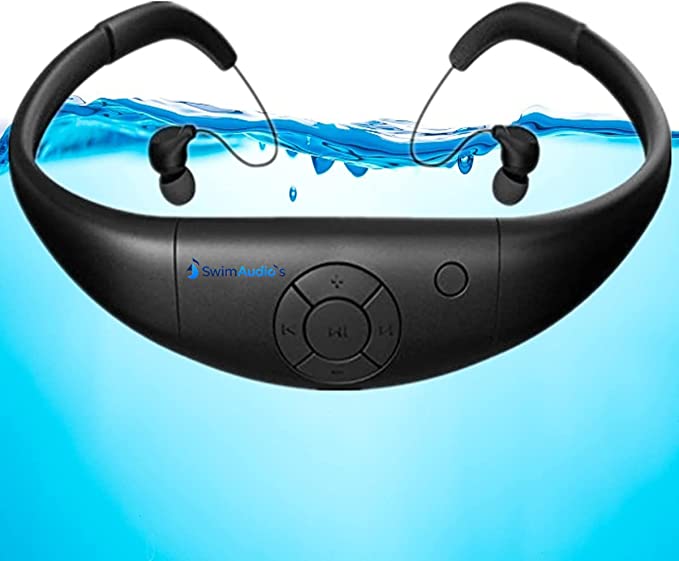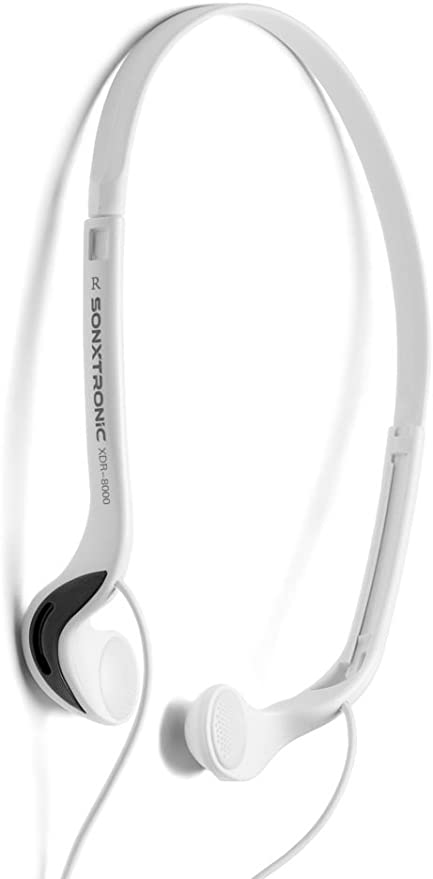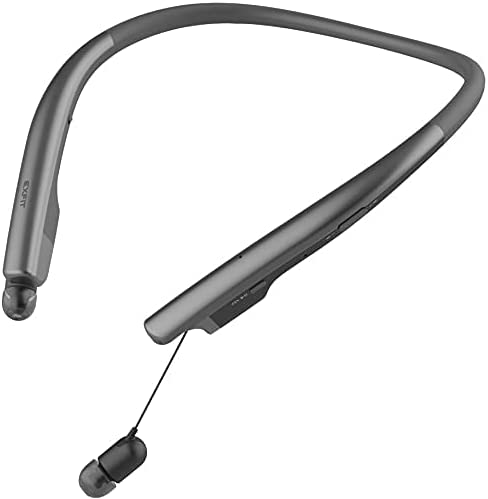NAGFAK AS18 Bone Conduction Headphones for the Ultimate Underwater Audio Experience
Update on Sept. 23, 2025, 4:48 a.m.
We’ve spent a century perfecting how to send sound through the air to our eardrums. But what if we could bypass them entirely? The strange and wonderful world of bone conduction.
Plunge your head underwater in a swimming pool, and the world vanishes. The cacophony of life is replaced by a profound, almost sacred, silence. It’s a meditative state, but also an isolated one. For decades, athletes and casual swimmers alike have faced a simple, yet profound, barrier: how do you bring your soundtrack, your podcasts, your audio world, into this silent, aquatic space? How do you stay motivated during the 50th lap without the rhythm of a favorite song?

The intuitive answer—waterproof earbuds—often falls short. They can be uncomfortable, prone to falling out, and they seal you off from the world, a risky proposition for any outdoor activity. But the more fundamental problem is one of physics. The quest to merge our digital soundscapes with our physical activities has always had an aquatic frontier, a place where our most common technologies simply fail.
To conquer this frontier, engineers had to look beyond the airwaves and eardrums. They had to rediscover a bizarre, alternative pathway for sound that has been known for centuries, a pathway that turns the very bones of your skull into a private, personalized speaker. This is the astonishing science of bone conduction.

The Ghost in the Machine: Hearing Without Ears
To appreciate the elegance of bone conduction, we must first revisit the way we normally hear. It’s a journey we take for granted: a sound wave, which is a vibration traveling through the air, is captured by the funnel of your outer ear. It travels down the ear canal and strikes the tympanic membrane—your eardrum—causing it to vibrate. These vibrations are then transferred through a delicate chain of three tiny bones in the middle ear, the ossicles, which act as a mechanical amplifier. Finally, they reach the fluid-filled, snail-shaped cochlea in your inner ear, where the vibrations are converted into electrical signals and sent to the brain via the auditory nerve. Think of it as the main highway for sound.
But there has always been a secret pathway, a VIP shortcut. The story, perhaps apocryphal but illustrative, is often told of Ludwig van Beethoven. As the great composer’s hearing faded, he reportedly discovered he could still perceive the notes of his piano by biting down on a metal rod pressed against the instrument. The vibrations bypassed his damaged middle ear entirely, traveling through the rod, his jaw, and the bones of his skull directly to his still-functional inner ear.
Beethoven had stumbled upon the core principle of bone conduction. Instead of relying on air as the medium, this technology uses a transducer—a small device that converts electrical signals into mechanical vibrations. When placed on the bones near your ear (typically the cheekbones), these vibrations travel through the solid structure of your skull, reaching the cochlea just as effectively as they would via the eardrum. Your skull becomes the speaker.
This isn’t just a novelty. For individuals with conductive hearing loss, where the outer or middle ear is damaged, bone conduction is a life-changing medical technology. Devices like Bone Anchored Hearing Aids (BAHA) use this exact principle to restore hearing. It’s a testament to the fact that this is not a gimmick, but a robust, alternative method of auditory perception, co-opted from medicine and military communications for a new purpose.

Engineering the Amphibian: Taming the Elements
Harnessing this principle for a lap swimmer is one thing; building a device that can survive the attempt is another. It presents a gauntlet of engineering challenges, from defeating water pressure to solving the riddle of underwater wireless signals.
The first and most obvious barrier is water itself. Keeping sensitive electronics dry requires more than just a tight seal. In the world of consumer electronics, this resilience is quantified by the Ingress Protection (IP) rating. It’s a two-digit code, and for a device meant for swimming, both numbers are critical. The first digit, a ‘6’ in the case of a high-end waterproof device, signifies a fortress-like seal against solids. It’s completely dust-tight, impervious to the finest particles.
The second digit is the true test of aquatic mettle. An ‘8’ represents the highest standard for water immersion, indicating that the device can withstand being continuously submerged under significant pressure. To achieve this, engineers employ a system of gaskets, hydrophobic coatings, and ultrasonic welding. For a product like the NAGFAK AS18 bone conduction headphones, achieving an IP68 rating means it’s not just splash-proof, but has been rigorously tested to survive at depths of up to two meters for hours. It’s been designed to live in the water.
But even with a perfect seal, a second, more insidious barrier emerges: the signal. Why does your Bluetooth connection, so reliable on land, vanish the moment you dip below the surface? The answer lies in the physics of water and radio waves. Bluetooth operates in the 2.4 GHz radio frequency band, a type of microwave. Water molecules are polar and exceptionally good at absorbing the energy of these microwaves—it’s the very principle that allows a microwave oven to heat food. For a Bluetooth signal, the dense environment of a swimming pool is like trying to shout through a thick, sound-proof wall. The signal is absorbed and attenuated into nothingness within inches. It’s a fundamental problem, the same reason submarines must use extremely low-frequency radio waves to communicate, as only those can penetrate the ocean depths.
How do you solve this aquatic wall? You retreat. You fall back on a simpler, more robust technology. In a fascinating twist, the solution to this high-tech problem is the humble, seemingly outdated MP3 player. By building a solid-state memory chip directly into the headphones—for instance, the 32GB of storage found in the AS18, capable of holding thousands of songs—the need for a wireless signal is eliminated entirely. It’s a beautiful example of technological pragmatism: when the environment makes communication impossible, you bring the library with you.

The Sound of Trade-offs: A New Philosophy of Listening
So, the technology works. It can deliver audio to your brain, and it can survive the pool. But what does it actually sound like? This is where bone conduction reveals itself not as a replacement for traditional headphones, but as a different tool for a different job.
Its primary, unassailable advantage is situational awareness. Because nothing is blocking or plugging your ear canal, you remain perfectly attuned to your surroundings. For a runner or cyclist on a busy street, this open-ear design is a critical safety feature, allowing you to hear traffic, pedestrians, and other hazards. It’s a listening experience of addition, not isolation.

However, this unique delivery mechanism comes with inherent trade-offs in audio fidelity. The physics of vibrating a massive object like the human skull, compared to a tiny, delicate eardrum, means that recreating a full spectrum of sound is challenging. While the clarity for podcasts and vocals is often excellent, producing deep, resonant bass is notoriously difficult. You might feel the vibration of a bass note more than you truly hear its richness. Furthermore, at high volumes, some of this vibrational energy can dissipate into the surrounding air, creating a phenomenon known as sound leakage, where people nearby might faintly hear your music.

But to judge bone conduction headphones by the standards of a pair of closed-back, audiophile cans is to miss the point entirely. They were not designed for critical listening in a quiet room. They were designed for movement, for awareness, for environments where traditional headphones are impractical or unsafe. They represent a philosophical shift in personal audio: from creating an isolated bubble of perfect sound to seamlessly integrating an audio layer into your perception of the real world.

From Beethoven’s makeshift hearing aid to a swimmer gliding through the silent blue, the journey of bone conduction is a remarkable story. It’s a testament to human ingenuity, where a deep understanding of physiology, physics, and materials science converges to solve a simple desire: to have our music with us, no matter where we go. It reminds us that the future of technology may not always lie in a single, one-size-fits-all solution, but in a diverse ecosystem of specialized tools, each one perfectly, and beautifully, designed for its purpose.

